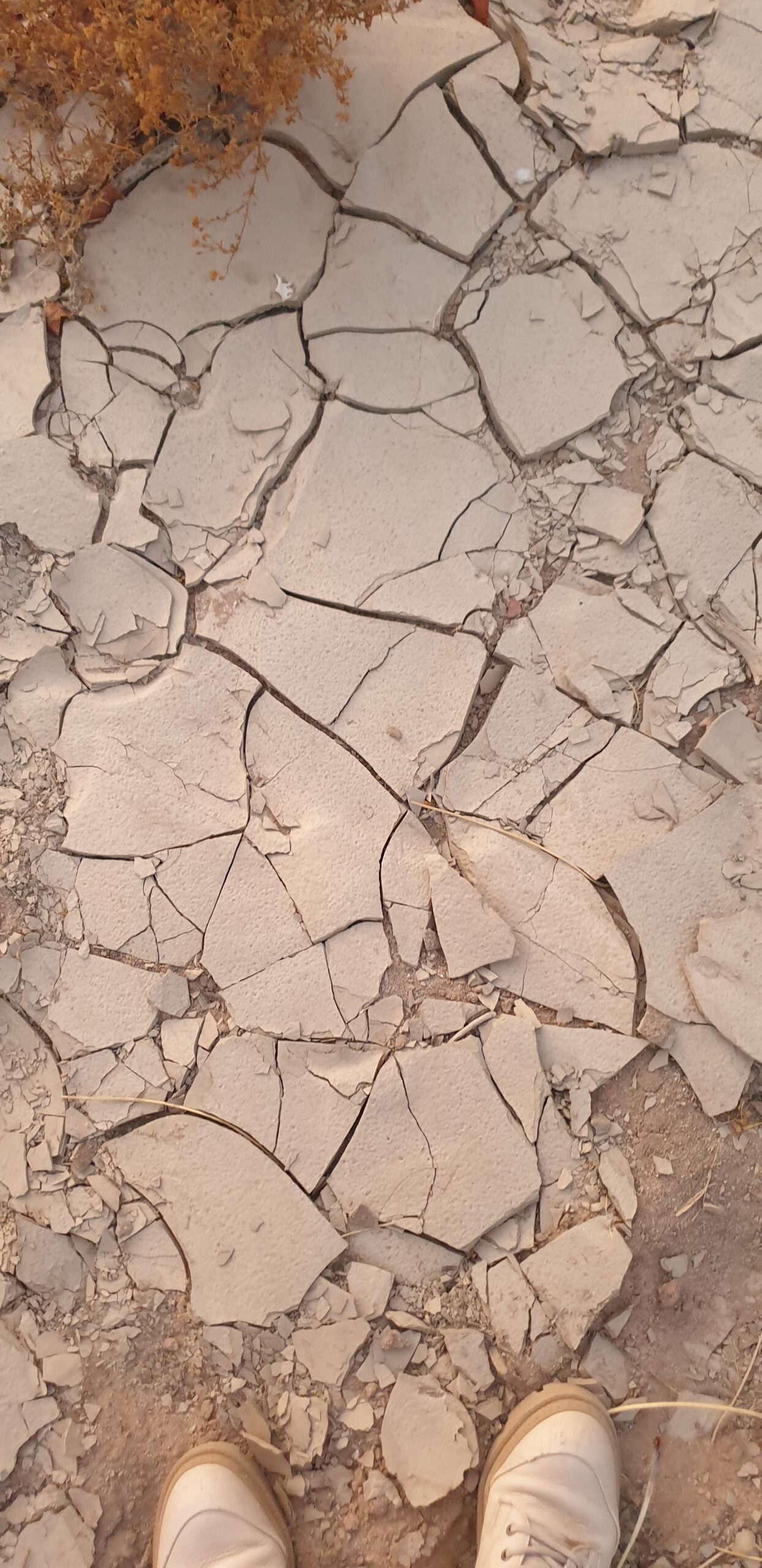We have come all this way to protect elephants and not seen any yet.
So there was huge excitement when the elephant map and black elephant ID file came out on the dinner table at base camp. My first thought, how sad that you can get all their details in a 5cm deep black A4 ring binder that you could buy in WHSmiths!
The map revealed elephant sights in 2022, and so far 2023. With each marker showing the herd location, not the location of individual elephants.
We were to firstly patrol the ‘black’ marked elephants (approx 23 elephants) in the Upper Huab river area and then move to the Ugab river basin where the biggest herd of approx 33 elephants are normally located and shown by the yellow markers.
The Ugab river herd is called the Mama Afrika herd after the Matriarch who walked in to the river valley from the east in 1990, dying in 2019, at age 67 when her 6th set of molars wore down and she sadly starved. We were to see her bones on the last day. Still settled where she fell, and often visited by the herd.

Sightings of the elephants are never assured. The Mama Afrika herd in particular have a wide range. The Desert Elephants walk an average 60-75km a day, and you can see, from the mingling of coloured markers on the map, they also drop in to see each other! Only 3 elephants out of the total number in this area are tagged : 1 female and 2 males (or so we thought, more on this later)
I had expected easy cross referencing of animals to their picture IDs, but in reality this is very difficult They can splinter off in to smaller groups, and reunite. Herds visit each other, and the bulls come in and out of the herds.
On top of this the distances we would need to travel I was starting to wonder if we would see any at all. The Ugab is 540km long, as wide as the Thames in Central London, but with none of the water. Water only comes to the surface of the river for a few days a year after rains. You drive on the sandy bed of the river at 25 miles/hour in a jeep or in to an empty expanse of 24,000 sq km. That’s Wales!

Our job was to track and GPS locate the herds. Identify each elephant, photograph them and assess their health.
Next surprise. You need to do all of this in a mere 15 minute window to minimise the elephant /human contact. In the end, I gave up, preferring to sit in silence and just watch them
Each elephant is named and numbered. Fiori the cutest new baby in the Mama Afrika herd is numbered: MA-5/A3-B1. MA denotes the Mama Afrika herd. 5 denotes the mothers name (Duchess). A3 shows Fiori is the 3rd baby born to Duchess and B1 fathered by the (dominant) bull, Bennie. In many cases the father is not identified. Below,the first picture taken of Fiori, December 22.

Elephants are personally identified by notches and holes in their ears, length and markings on tusks and interestingly, the strongest identifier, their tails. No two tails are the same. Kinky, the Matriach in the Huab herd has a very defined kink in her tail.
Another lesson. Identifying each elephant is difficult not only because of limited time available, but they get in to lots of new scrapes and their identifying features change.
I cant wait! Beats train spotting.
